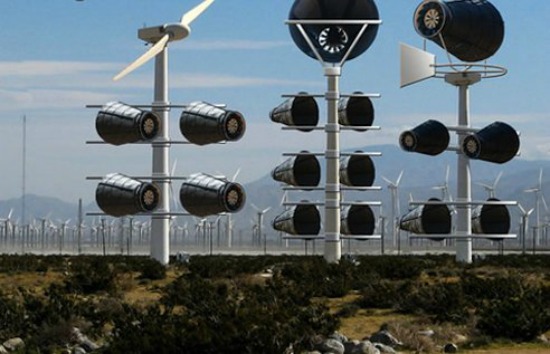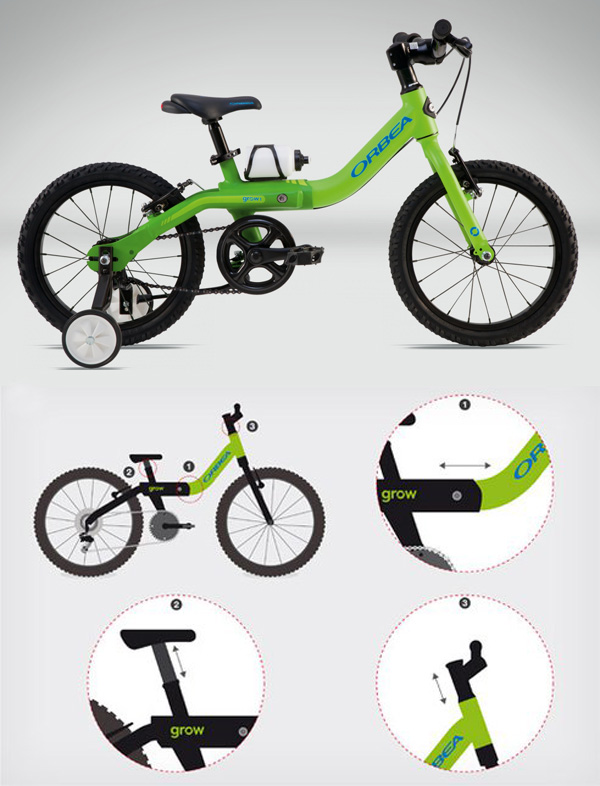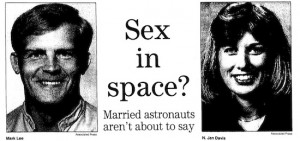celeberation of 100th
post in
A REAL FOOT PRINT OF FACTS
Well, folks, I’ve reached a pretty neat milestone; this is my 100th post! I’ve been trying to think about what to write, as I consider the number 100 to be pretty symbolic, and I’m big on symbolism and celebrations. Posts 1-99 and 101-199 were and can be used for platforms for my various experiences, opinions and rants, so I thought I would do something different for this momentous occasion. so I had to do some reading and research around the Net in order to dig up some interesting/cool facts. So, sit backand enjoy; I wish I could keep this post to 100 words, but that will never happen!

1. 100 pennies equals one dollar.
2. 100 years are a century.
3. 100 centimeters are one meter.
4. 100% means all your answers are correct.
5. A person who lives to be 100 is called a centenarian.
6. C is the Roman numeral for 100. C comes from the word Latin word centrum.
7. An American football field is 100 yards long.
8. 10 ten dollar bills are 100 dollars.
9. 20 five dollar bills are 100 dollars.
10. 100 quarters equals 25 dollars
11. 100 years ago Theodore Roosevelt was our President.
12. The San Francisco earthquake happened 100 years ago.
13. 100 years ago SOS was adopted as the universal distress signal.
14. The 100 Years War started between England and France in 1336.
15. The Old Hundred Gold Mine is in Silverton, Colorado.
16. Winnie the Pooh lives in the Hundred Acre Woods.
17. The Hundred and One Dalmatians was written in 1961.
18. A hundred watt light bulb lasts for 750 hours.
19. The air from a sneeze has been clocked at more than 100 miles per hour.
20. Five square inches (the back of your hand) has 100 feet of blood vessels.
21. By the age of 66 most people will have shed 100 pounds of skin.
22. On average 100 people choke to death on ball-point pens each year.
23. Lightning can be seen up to 100 kilometers.
24. Squirrels can fall 100 feet without hurting themselves.
25. The place value system was developed in India in 100 BC.
26. There are 100 breeds of Cats.
27. Cats make 100 different sounds.
28. Some sharks can live to be 100.
29. In Canada 100 different languages are spoken.
30. In the U.S. there are 100 Senators, 2 from each of the 50 states.
31. 100 mile per hour winds is a Category 2 hurricane.
32. In the average person's life they will drink enough milk to fill 100 bathtubs.
33. Lobsters can live to be 100, and travel 100 miles each year.
34. More than 100 feral cats were once found living in Sleeping Beauty's castle at Disneyland.
35. One tablespoon of peanut butter has 100 calories.
36. A ladybug beetle can eat 100 aphids every two days.
37. A female mosquito can live up to 100 days.
38. Lightning strikes the earth 100 times every second.
39. Larry Lewis ran the 100-yard dash in 17.8 seconds in 1969, setting a new world's record for runners in the 100-years-or-older class. He was 101.
40. The electric Xebra Roadster can travel 100 miles per charge.
41. Sleeping Beauty slept 100 years.
42. The first person to win the Indianapolis 500 at a speed of over 100 MPH was Billy Arnold in 1930.
43. If you had 100 billion dollars, you could spend 3 million dollars a day, every day, for the next 100 years.
44. Water boils at 100 degrees centigrade.
45. In clear water, a submerged submarine can be spotted from the air at depths up to 100 feet.
46. About 100 people each year die from severe allergic reactions to bee stings.
47. Moose can eat over 100 pounds of plants each day.
48. In the last 98 years, more than 100 billion Crayola crayons have been made.
49. Parents buy enough crayons in a year to make a giant crayon 35 feet in diameter and 100 feet taller than the Statue of Liberty.
50. In February, 1996, the 100 billionth Crayola crayon was made by Fred Rogers of Mister Rogers' Neighborhood. It now resides in the Crayola Hall of Fame in Easton, Pa.
51. Starbucks buys over 100 million pounds of coffee each year.
52. It takes 100 hickory seeds to make one pound of shelled nuts.
53. The average hippo weighs 100 pounds at birth.
54. King salmon are the largest salmon in the Pacific Ocean. They can weigh over 100 pounds.
55. Eskimos have over 100 words for ice.
56. The body gives off the amount of heat equivalent to a 100-watt light bulb
57. There are 100 sweat glands in 1 square inch of skin.
58. As you focus on each word in this sentence, your eyes swing back and forth 100 times a second.
59. More than 100 live tarantulas were flown in for the filming of Indiana Jones, Raiders of the Lost Ark.
60. About 37 grams of salt can be dissolved in 100 grams of water
61. Camels and crocodiles can live to be 100 years old.
62. Rip Van Winkle slept 100 years.
63. The first Rolls Royce was made over a 100 years ago.
64. The Wright Brothers invented the first airplane over 100 years ago.
65. Elvis Presley has been on Billboards Hot 100 list more than any other singer.
66. One kilowatt-hour (kWh) equals the amount of electricity needed to burn a 100 watt light bulb for 10 hours.
67. A typical high power solar panel generates 100 Watts or electricity and measures about 2 feet by 4 feet
68. Hunters in the US kill over 100 million animals each year.
69. The longest car ever made is a limousine 100 feet long containing a swimming pool, and a king-sized water bed.
70. The most points ever scored in an NBA game were 100 by Wilt Chamberlain in 1962.
71. The 100th day of 2006 is April 10.
72. The tallest apartment building has 100 floors and is in Chicago, Illinois.
73. The world's fastest man is Tim Montgomery who ran 100 meters in 9.78 seconds.
74. The world record for hula hooping is 100 hula hoops at one time by a girl from Australia in 2005.
75. 100 written in the binary system is 1100100. This is the number the computer uses for 100.
76. The standard prefix for 100 is hecto-.
77. The sum of the first 9 prime numbers is 100.
78. Number 100 on the Periodic Table of Elements is fermium, a rare radioactive earth metal.
79. There are 100 verses in the song 99 Bottles of Beer on the Wall.
80. Benjamin Franklin's picture is on the $100 dollar bill.
81. There are 100 letter tiles in a Scrabble game.
82. In India and Israel 100 is the phone number for the police.
83. The Hundred Dresses by Eleanor Estes is a Newbery Honor Book, 1944.
84. Hitty, Her First Hundred Years, by Rachel Fields won the Newbery Award in 1929.
85. An IQ of 100 is normal for an adult.
86. 100% means all of one something.
87. A "hundred" is a unit of measure of land, or the amount of land necessary for 100 people to live on.
88. The century plant, or agave, lives only 25 years, but blooms only "once in century."
89. A centennial is a 100 year anniversary.
90. Centenary is an adjective meaning 100.
91. A "$100 Hamburger" is a private airplane flight made just to go to a restaurant out of town.
92. The factors of 100 are 2, 4, 5, 10,
20, 25, and 50.
93. In the Dewey Decimal System of the library, books about philosophy & psychology will be found in the 100 section.
94. Today you will need $100 to buy what cost $80 in 1996, just ten years ago, or $4.80 in Gabriel Fahrenheit used his own body temperature (stated as 100 degrees) in calculations for the Fahrenheit thermometer.
95. Lava can flow out of a volcano at over 100 miles per hour.
96. The hottest day ever in Seattle, Washington, was 100° F., June 9, 1955,
97. Phoenix, Arizona, has more days over 100° F. than any other US city.
98. The longest number of days when Phoenix temperatures were over 100° F. happened in June and July of 1993, 76 days.
99. Mexico City is at 100 degrees west longitude.
100. Bangkok, Thailand is at 100 degrees east longitude.












 One of the raps on wind turbines is that they kill thousands of birds and bats every year. But an 89-year-old retired engineer in California named Raymond Green has taken it upon himself to create a device that may lead to a solution. His invention, which he calls “Catching Wind Power,” is basically a large drum in which all the movable parts, including the killer blades, are contained. That would make them considerably less dangerous for flying creatures, and also, Green claims, quieter than what’s out there now.
One of the raps on wind turbines is that they kill thousands of birds and bats every year. But an 89-year-old retired engineer in California named Raymond Green has taken it upon himself to create a device that may lead to a solution. His invention, which he calls “Catching Wind Power,” is basically a large drum in which all the movable parts, including the killer blades, are contained. That would make them considerably less dangerous for flying creatures, and also, Green claims, quieter than what’s out there now. If you drive a lot and need to keep your iPad charged, do I have a gadget for you. It’s a device that turns your standard car cup holder into a charging station, allowing you to juice up your tablet and your smartphone at the same time.
If you drive a lot and need to keep your iPad charged, do I have a gadget for you. It’s a device that turns your standard car cup holder into a charging station, allowing you to juice up your tablet and your smartphone at the same time.
 You can have the biggest, shiniest belt buckle ever and it won’t help you much on a walk in the dark. But the Walker’s Path Illuminating Belt is custom-made for such occasions. It’s a hands-free LED safety light that wraps around your waist and can be adjusted to serve as either a wide-angle floodlight or a narrowly-focused spotlight.
You can have the biggest, shiniest belt buckle ever and it won’t help you much on a walk in the dark. But the Walker’s Path Illuminating Belt is custom-made for such occasions. It’s a hands-free LED safety light that wraps around your waist and can be adjusted to serve as either a wide-angle floodlight or a narrowly-focused spotlight.








